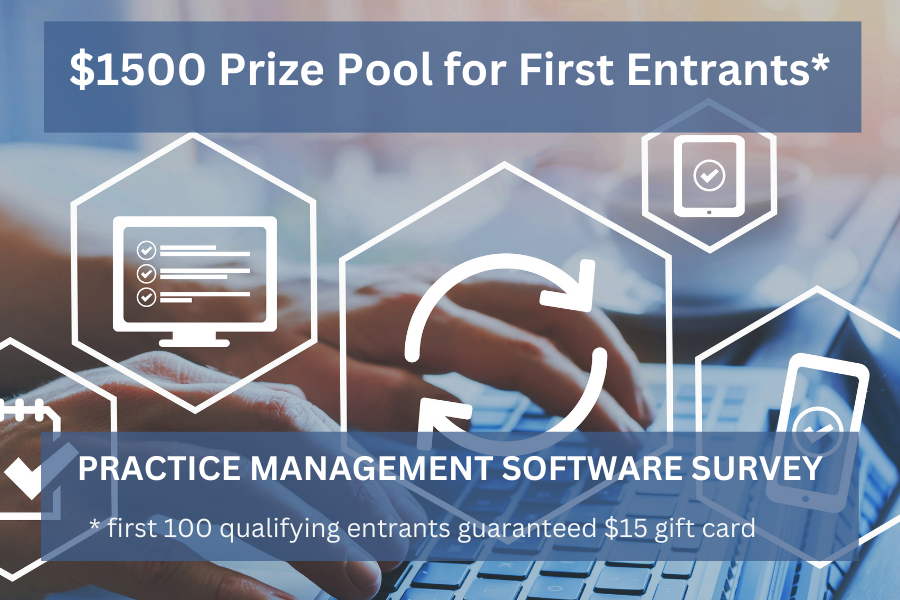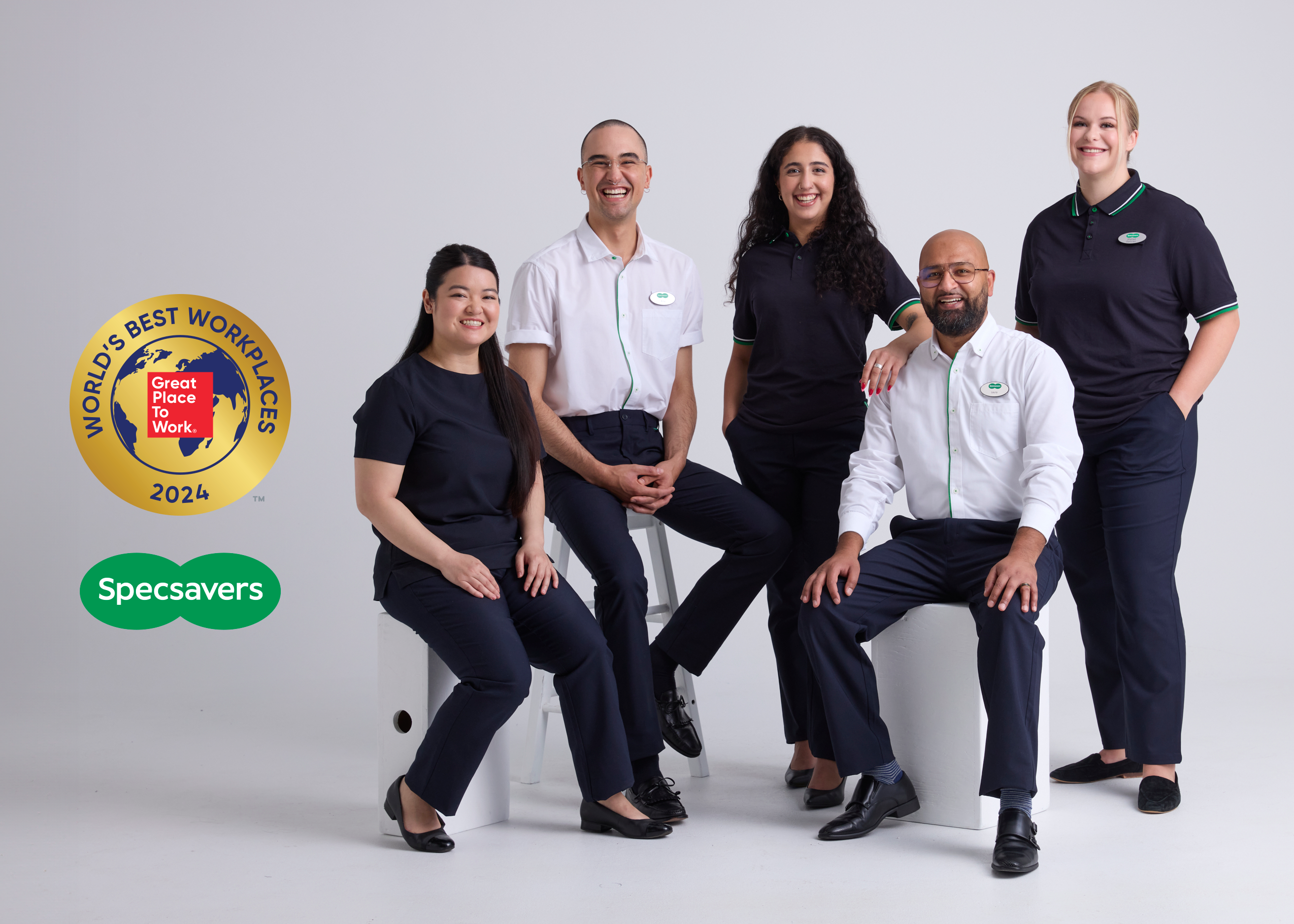
Share your insights in our Optical Industry Survey for a chance to win a $25 e-gift card.
Canadian consumers are increasingly prioritizing buying Canadian, driven by economic and political factors, including the potential for trade tariffs on Canadian exports.
But how does this trend impact eye care professionals and their purchasing decisions for ophthalmic lenses, eyewear frames, and finished jobs from optical labs?
EyeCare Business Canada wants to hear from Optometrists, Opticians, and other eye care professionals about their awareness of where their products come from and whether country of origin plays a role in their choices.
This quick 3 minute survey explores:
✅ Awareness—Do you know where your lenses and frames are manufactured?
✅ Buying Behavior—Would Canadian sourcing influence your decisions?
✅ Canadian Value Add—Do you consider products designed or finished in Canada as “Canadian”?
✅ Consumer Trends—Are your patients asking about country of origin?
Your insights will help shape the conversation around Canadian-made optical products.
Your responses are completely anonymous, and as a thank you, participants can opt-in to receive a summary of the results as well as a chance at the $25 gift card.































 Imagine, if you will, a patient viewing this sign!
Imagine, if you will, a patient viewing this sign!